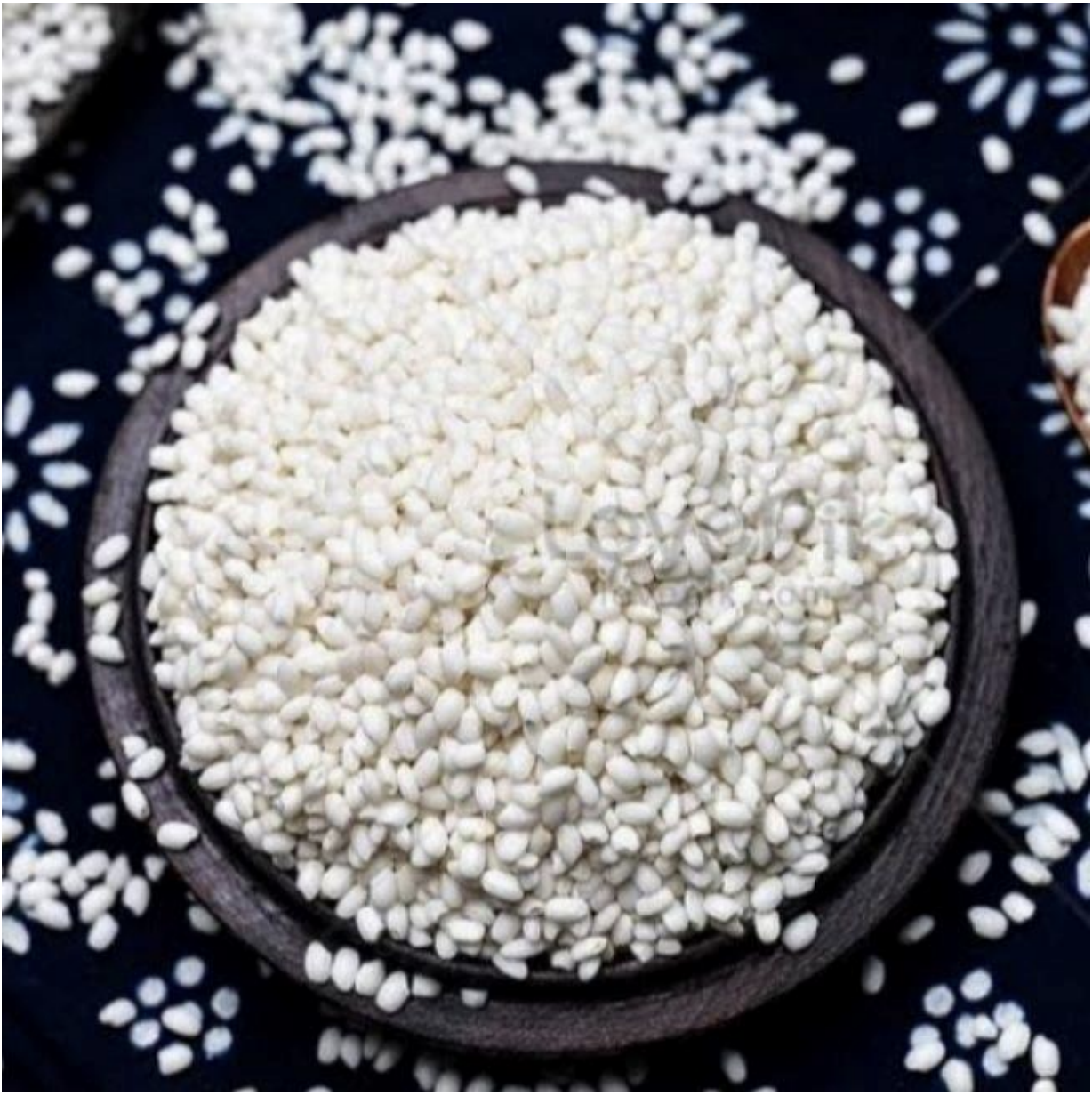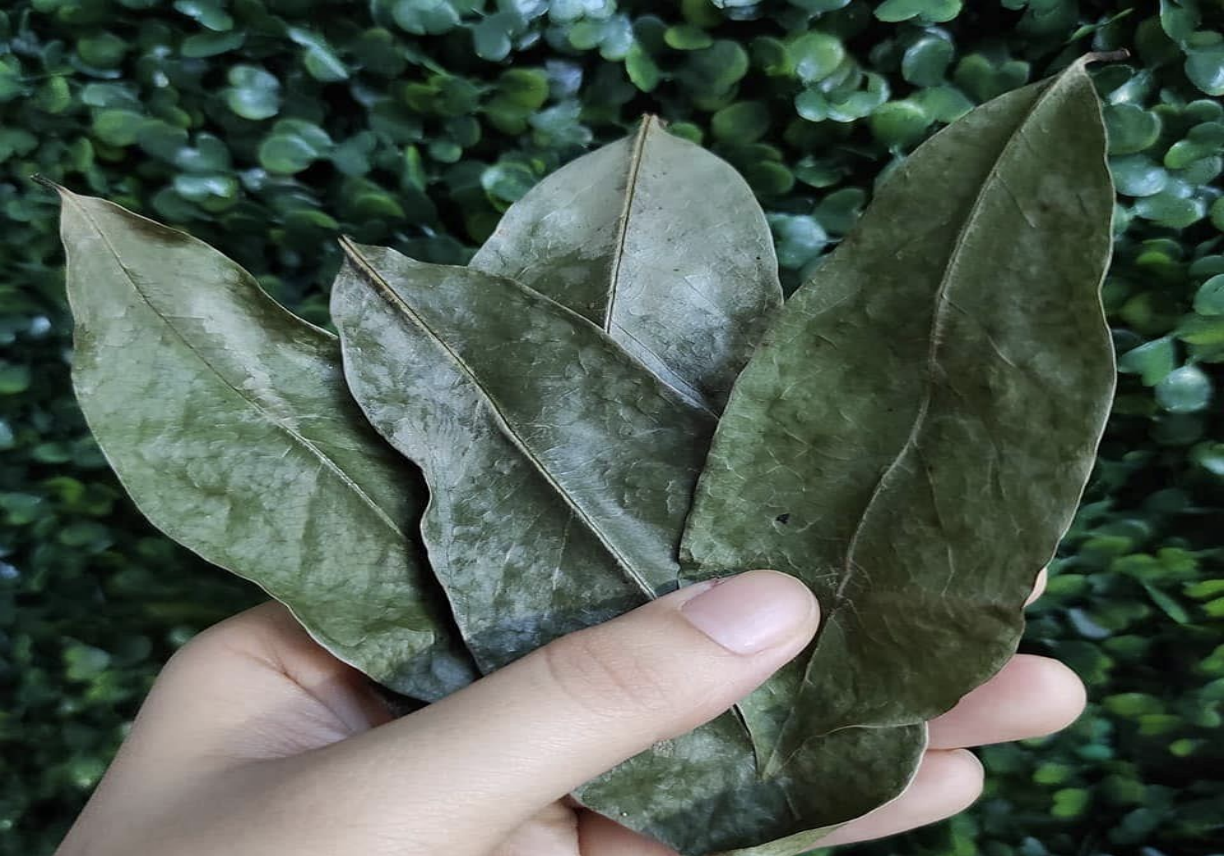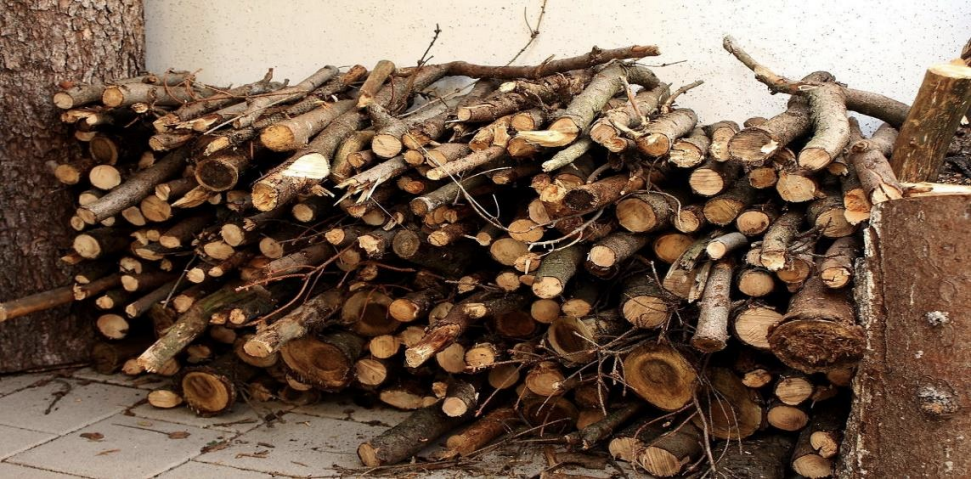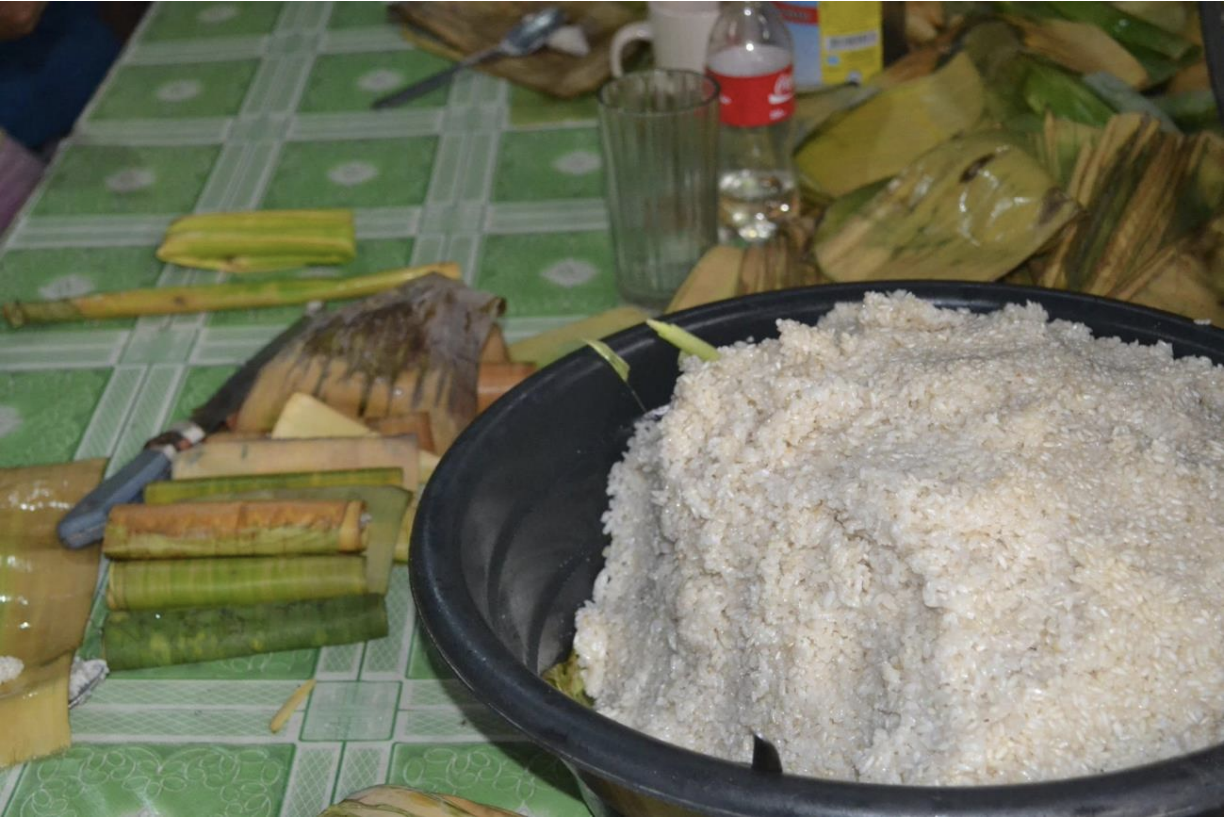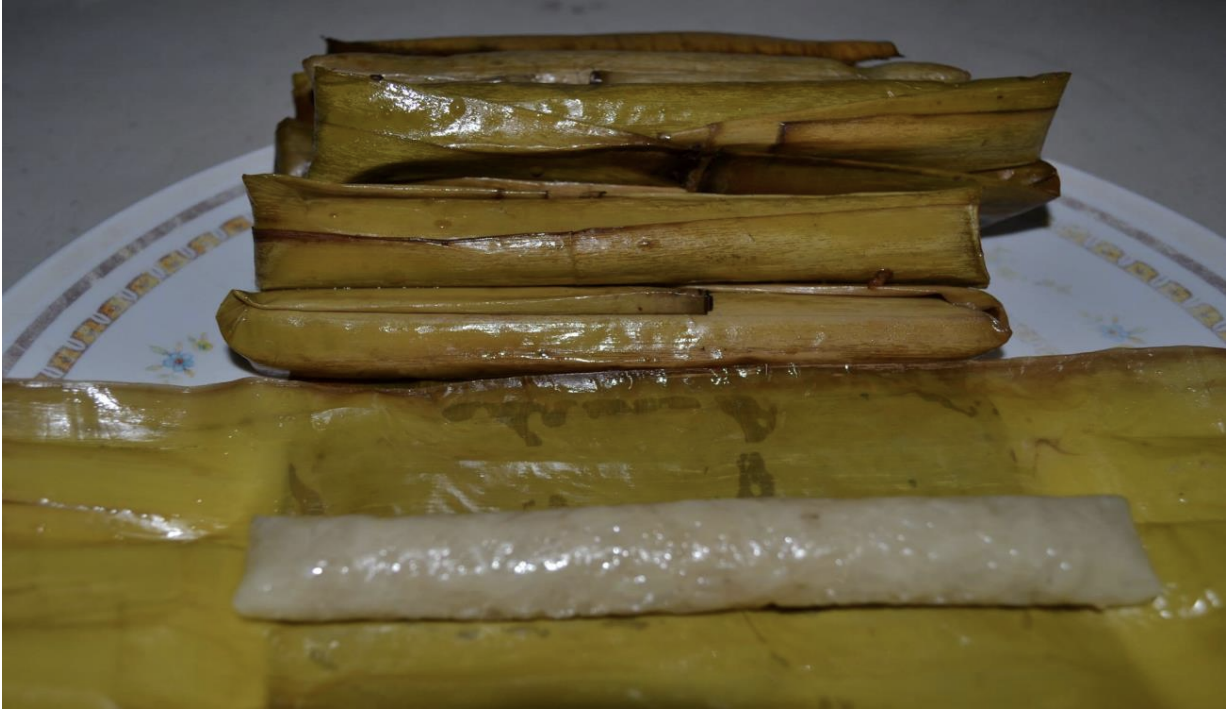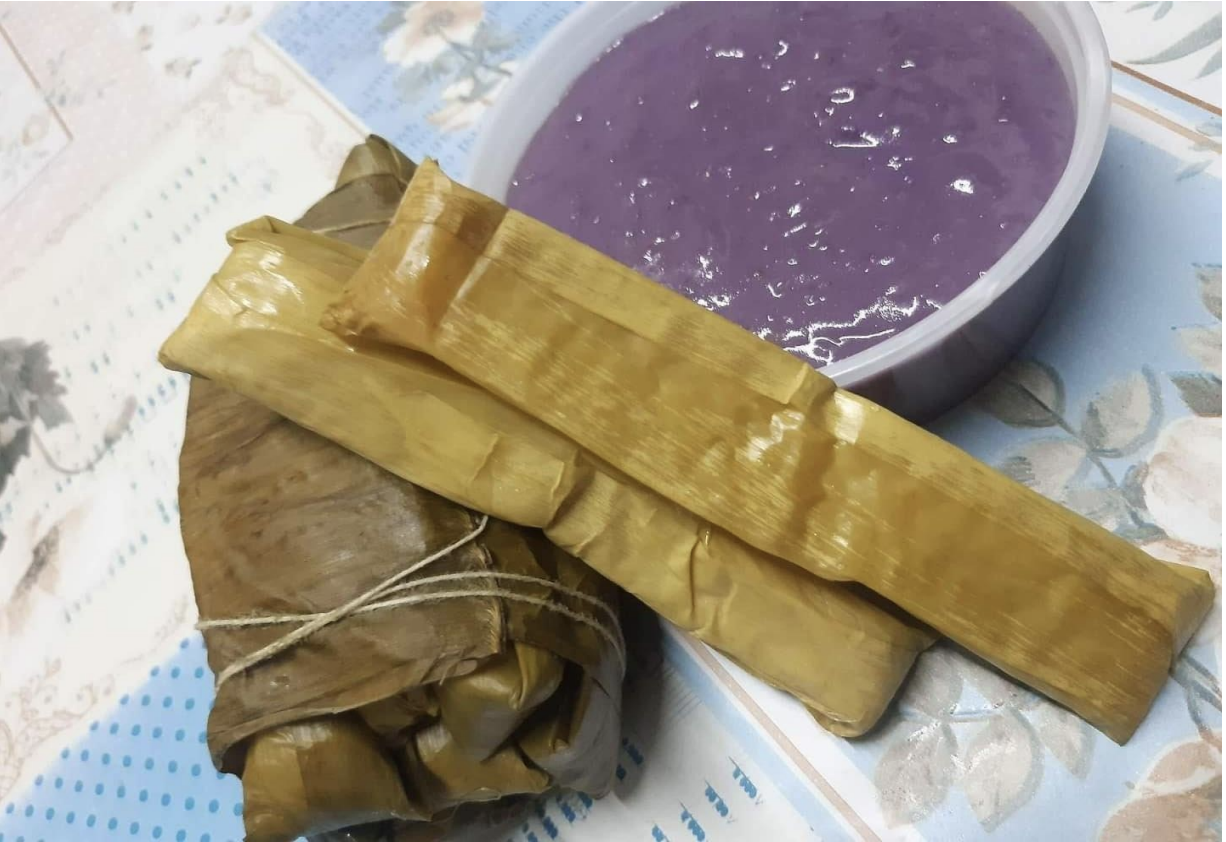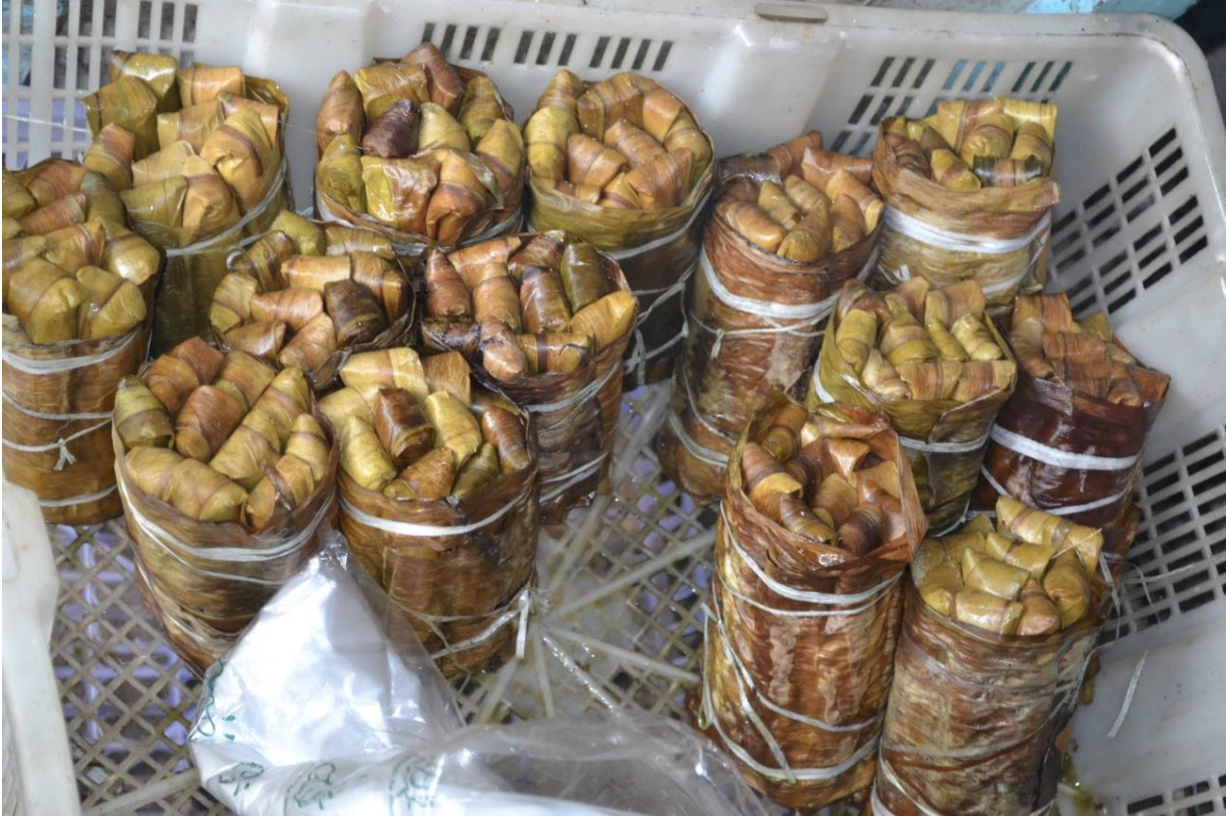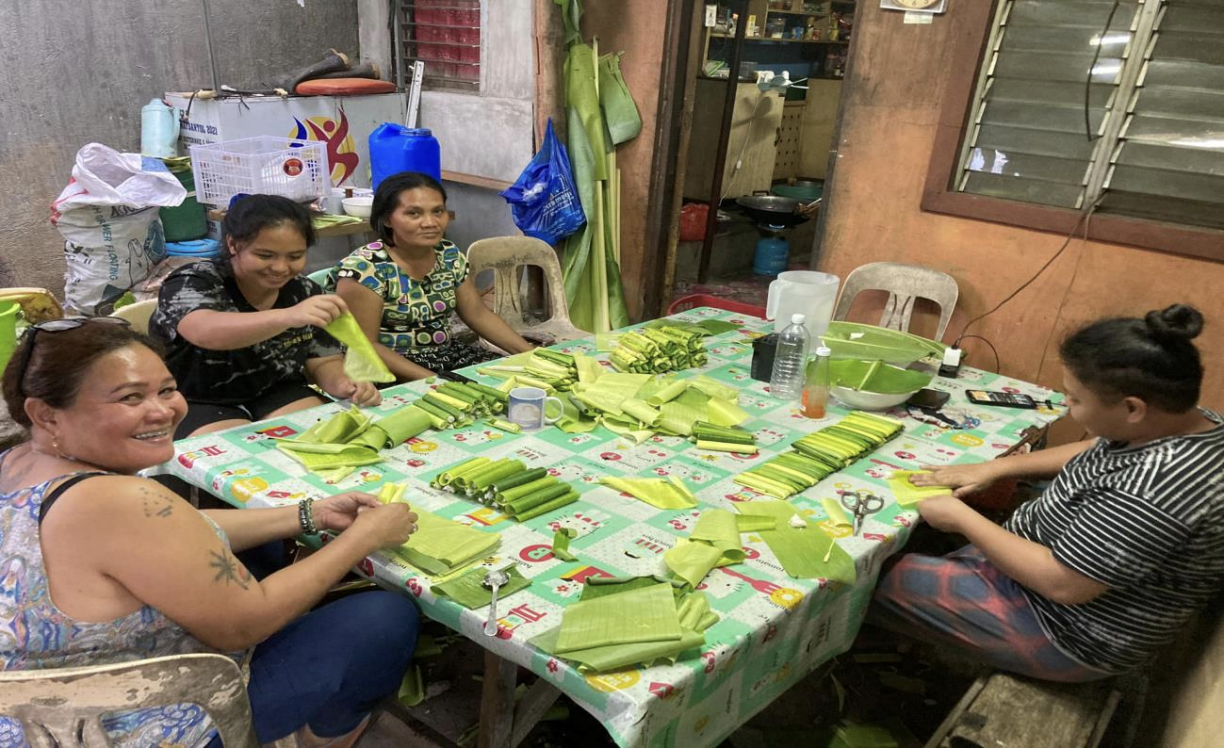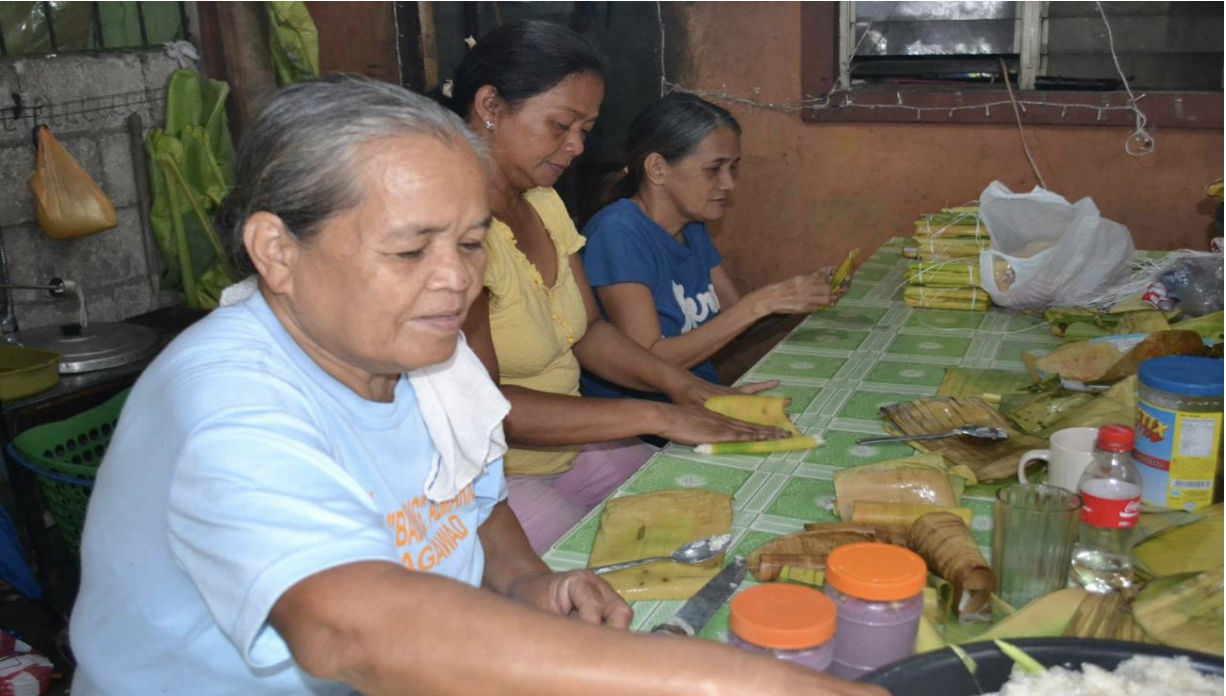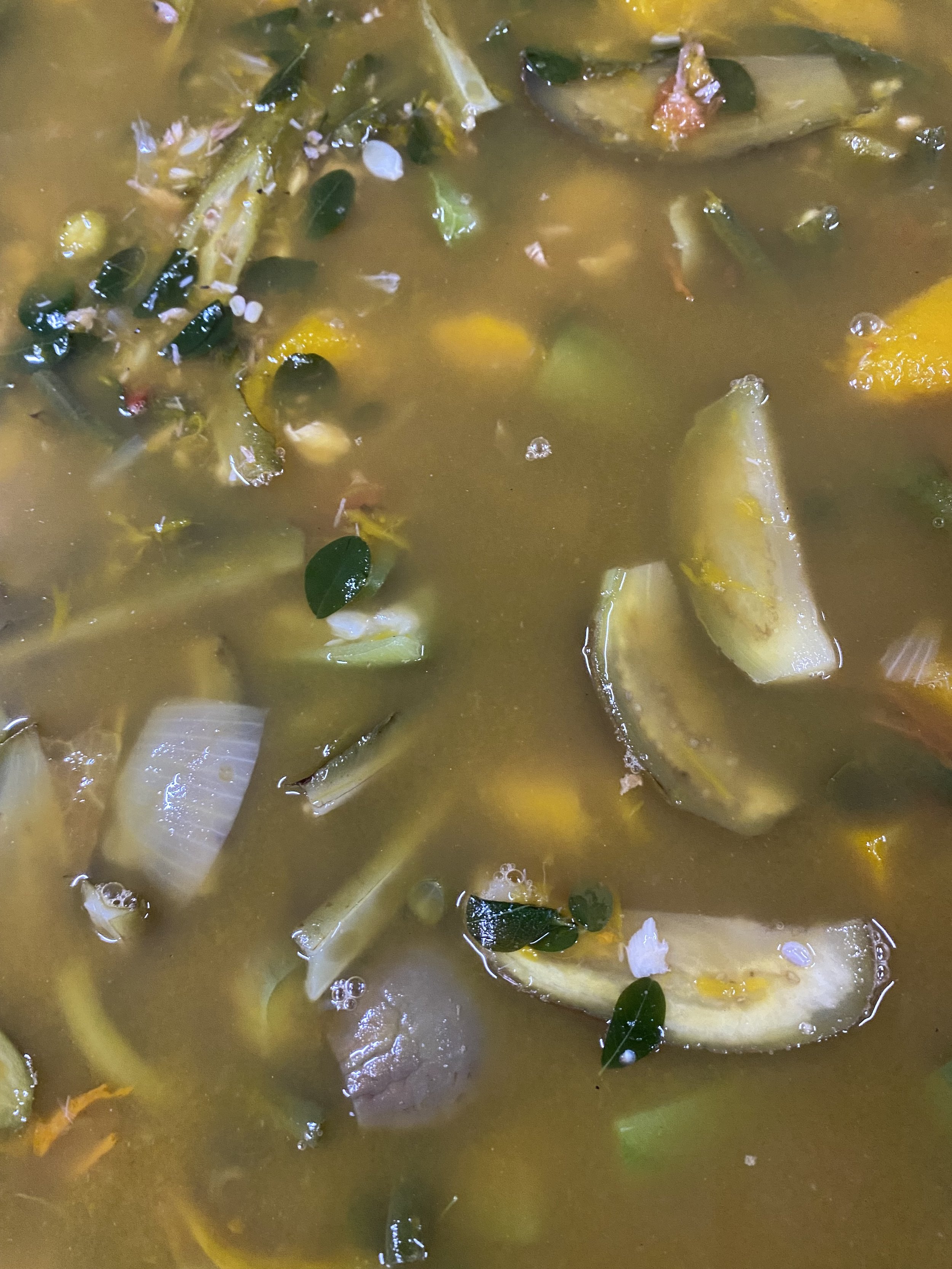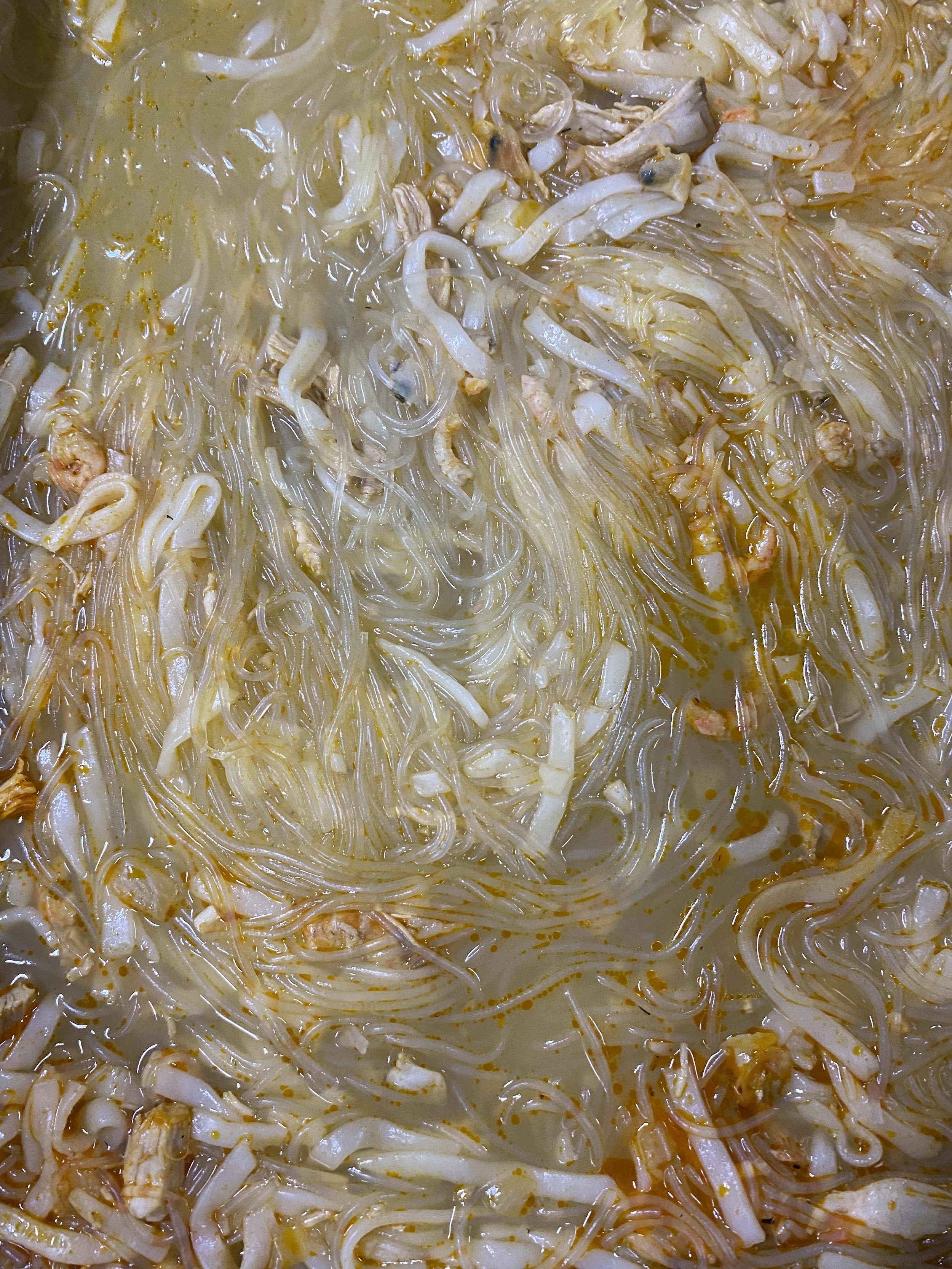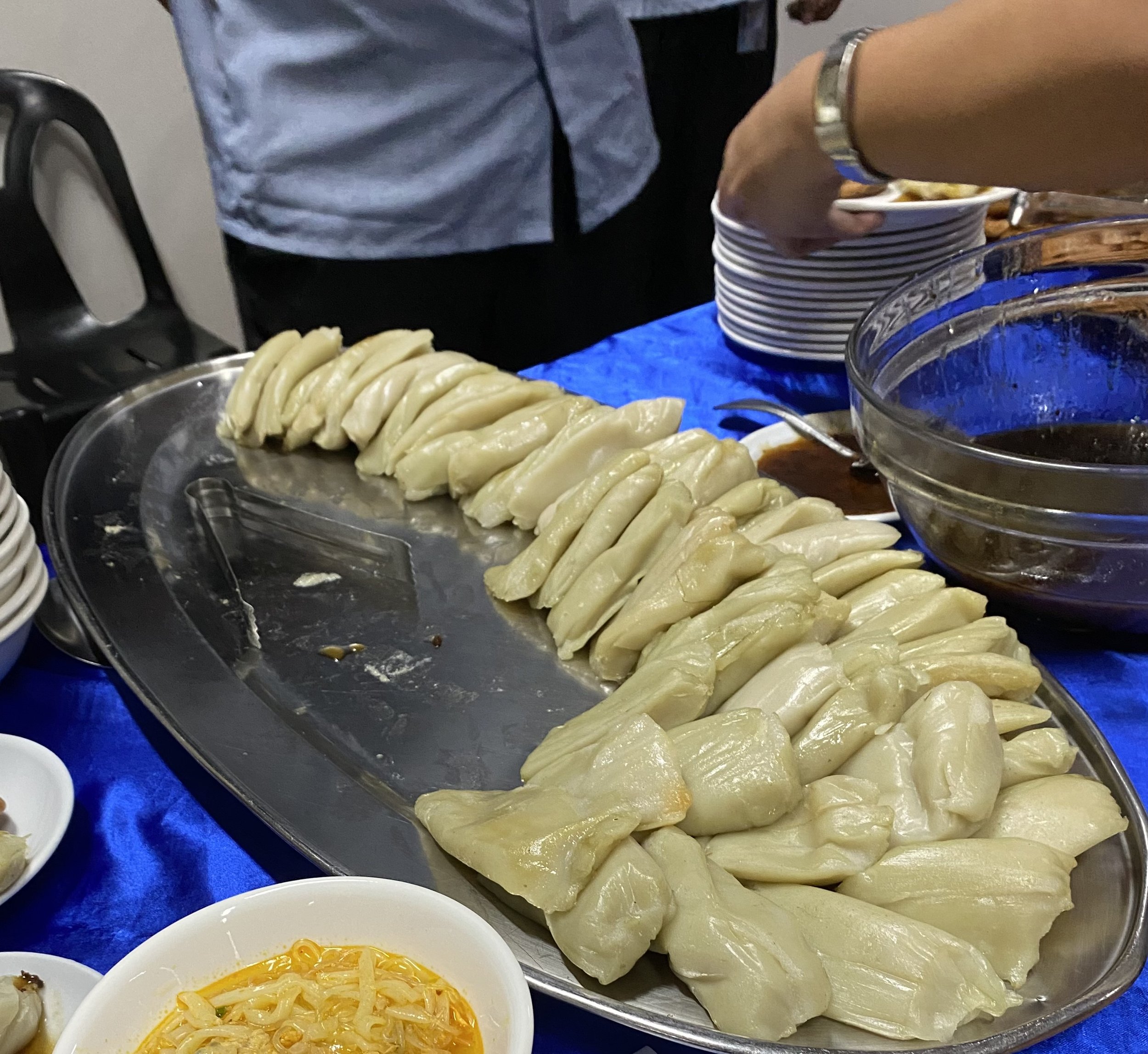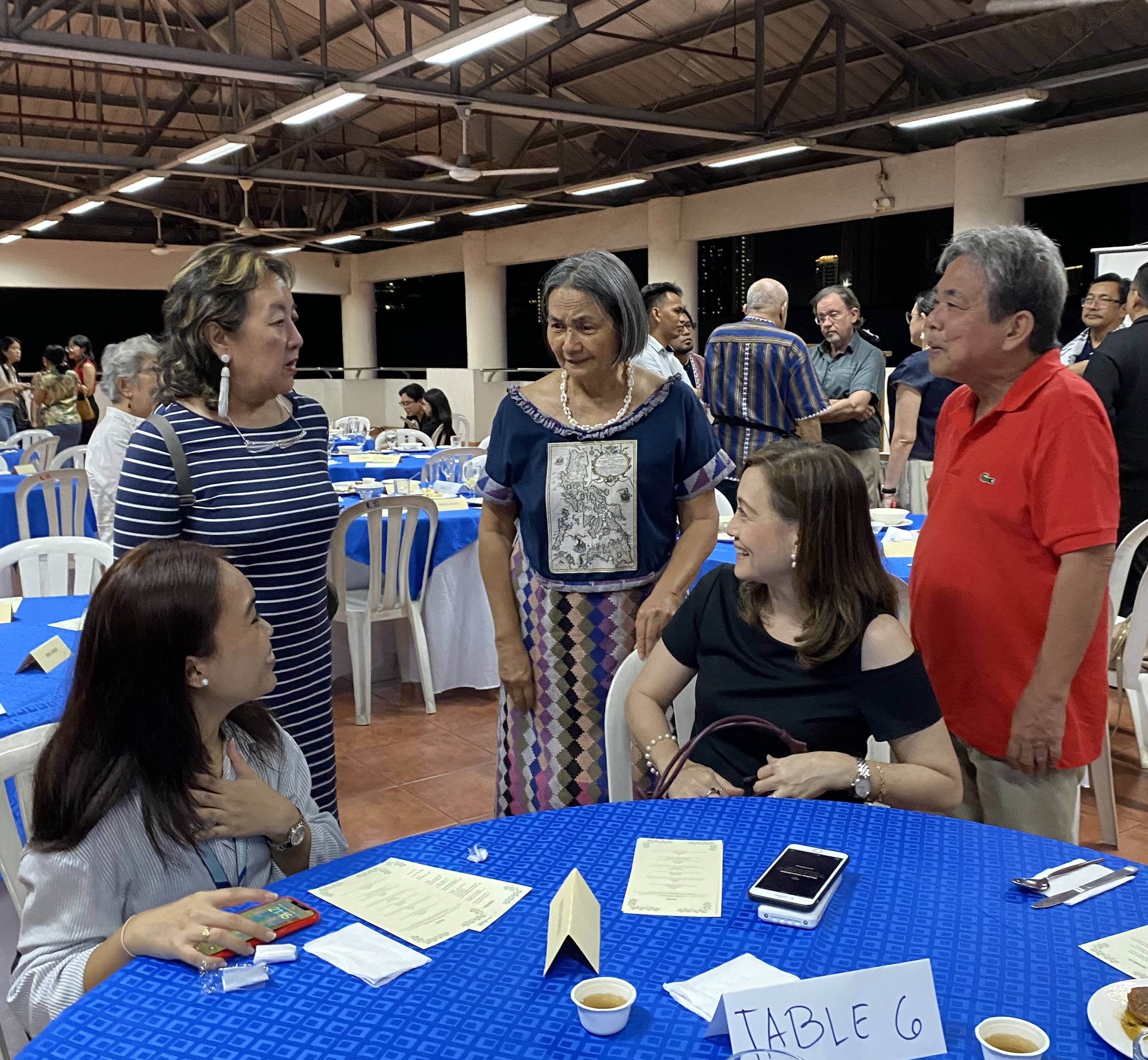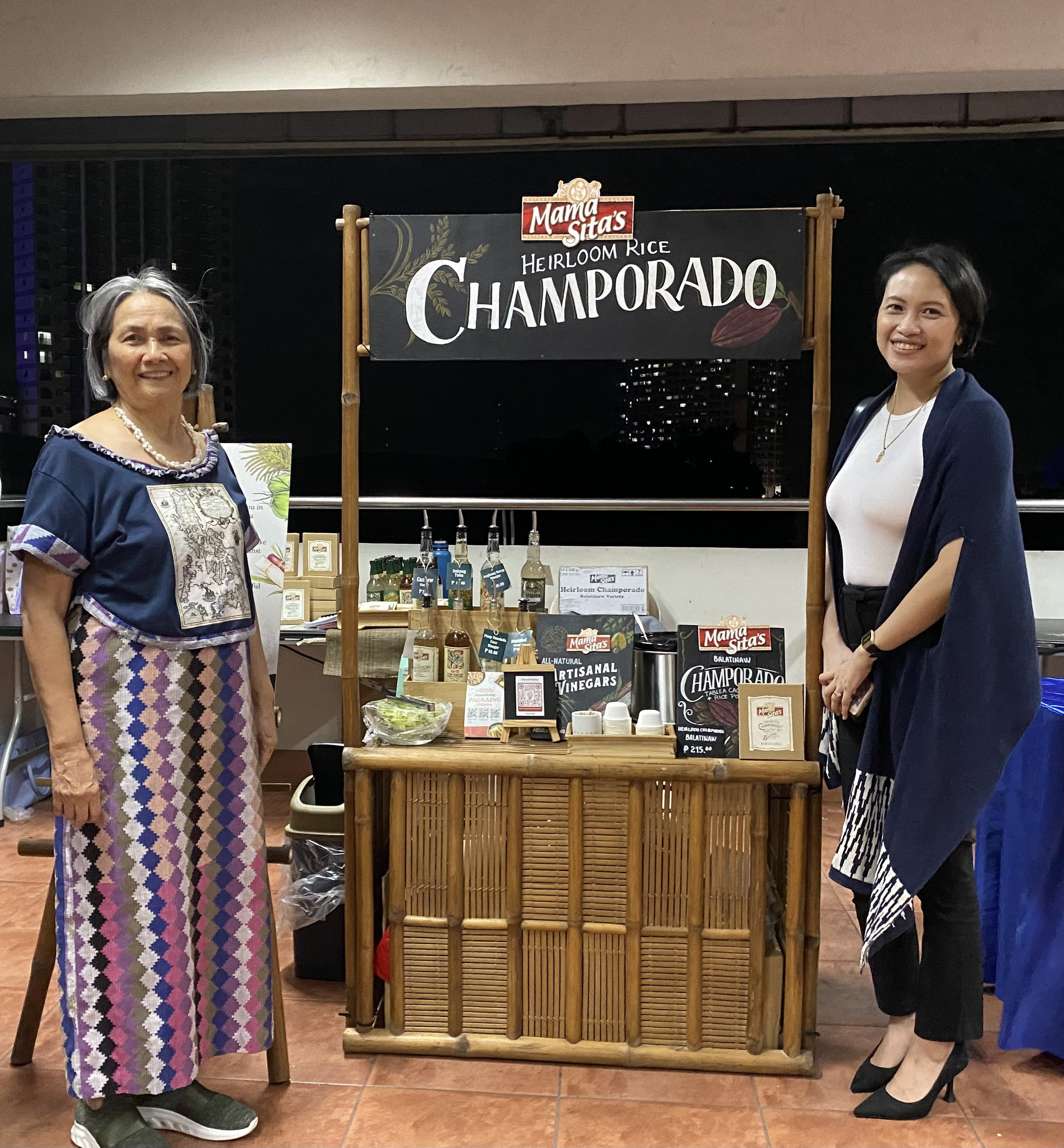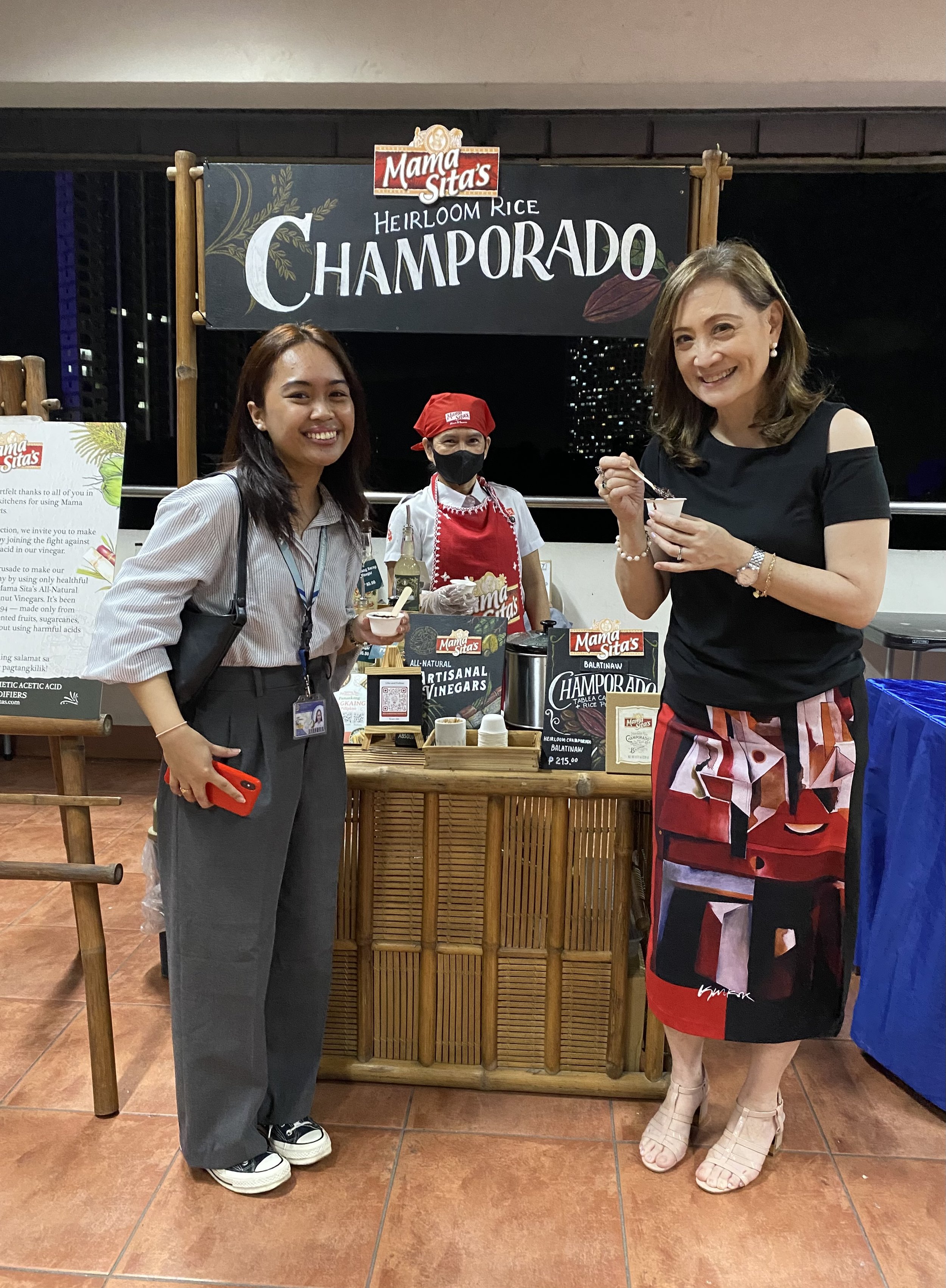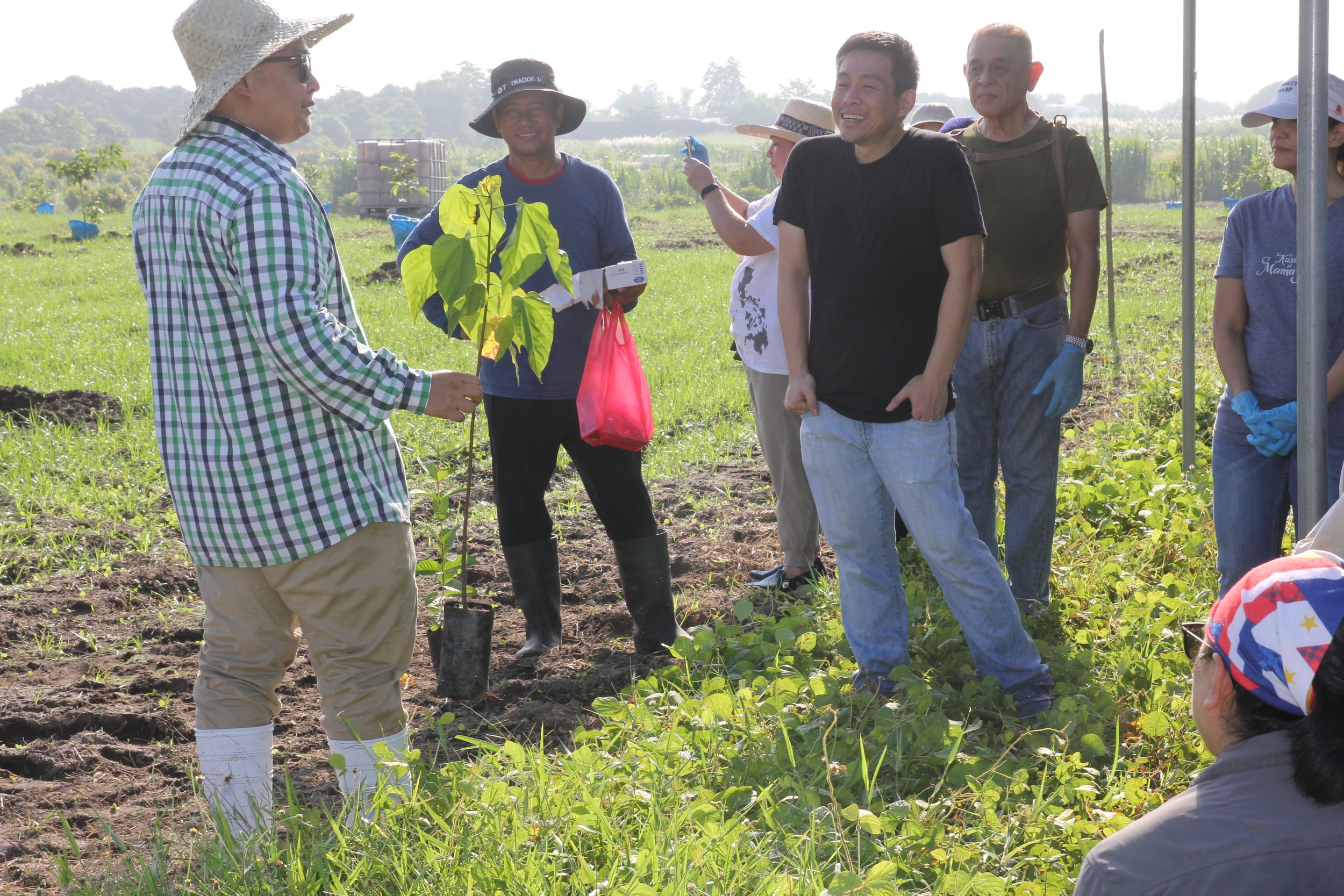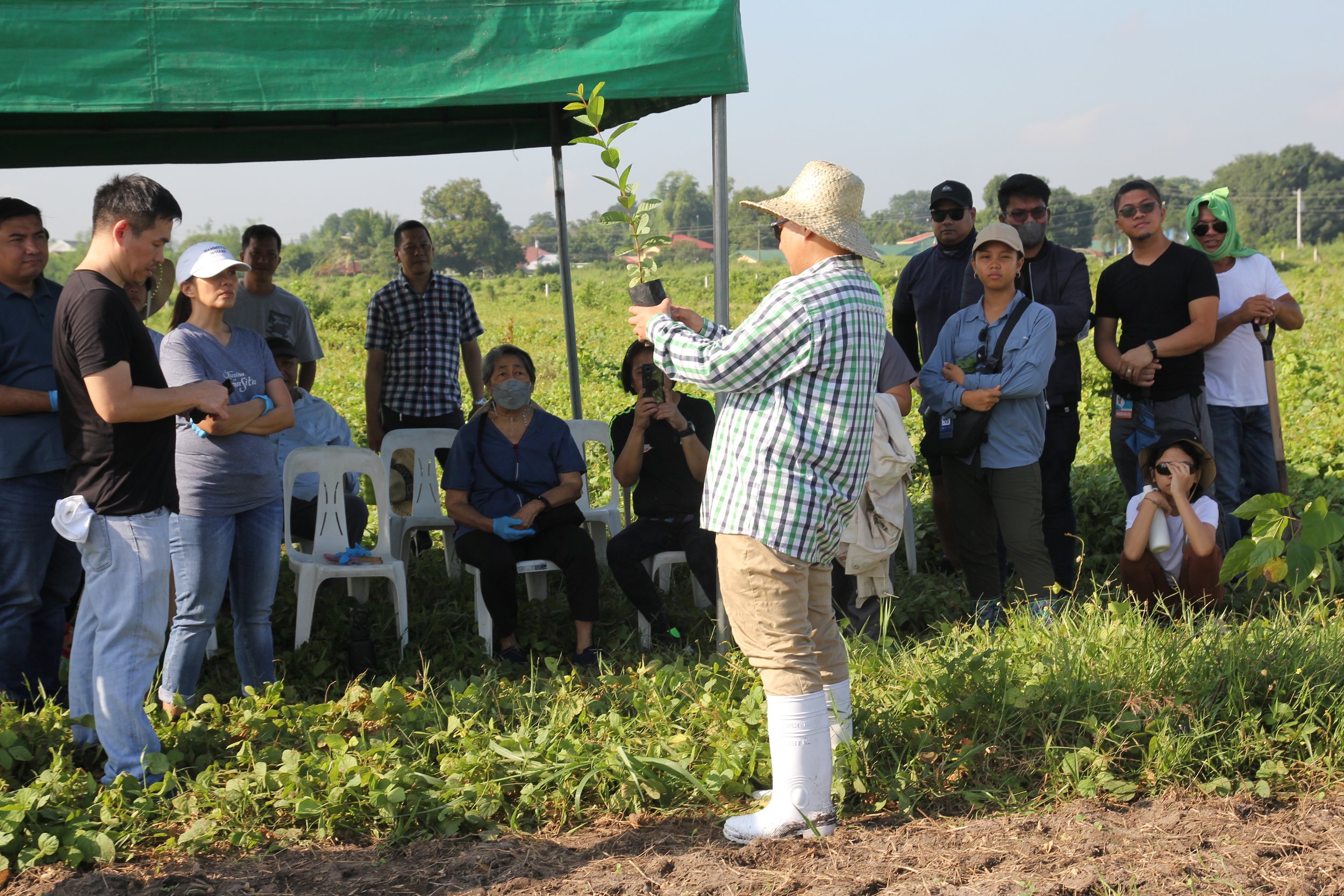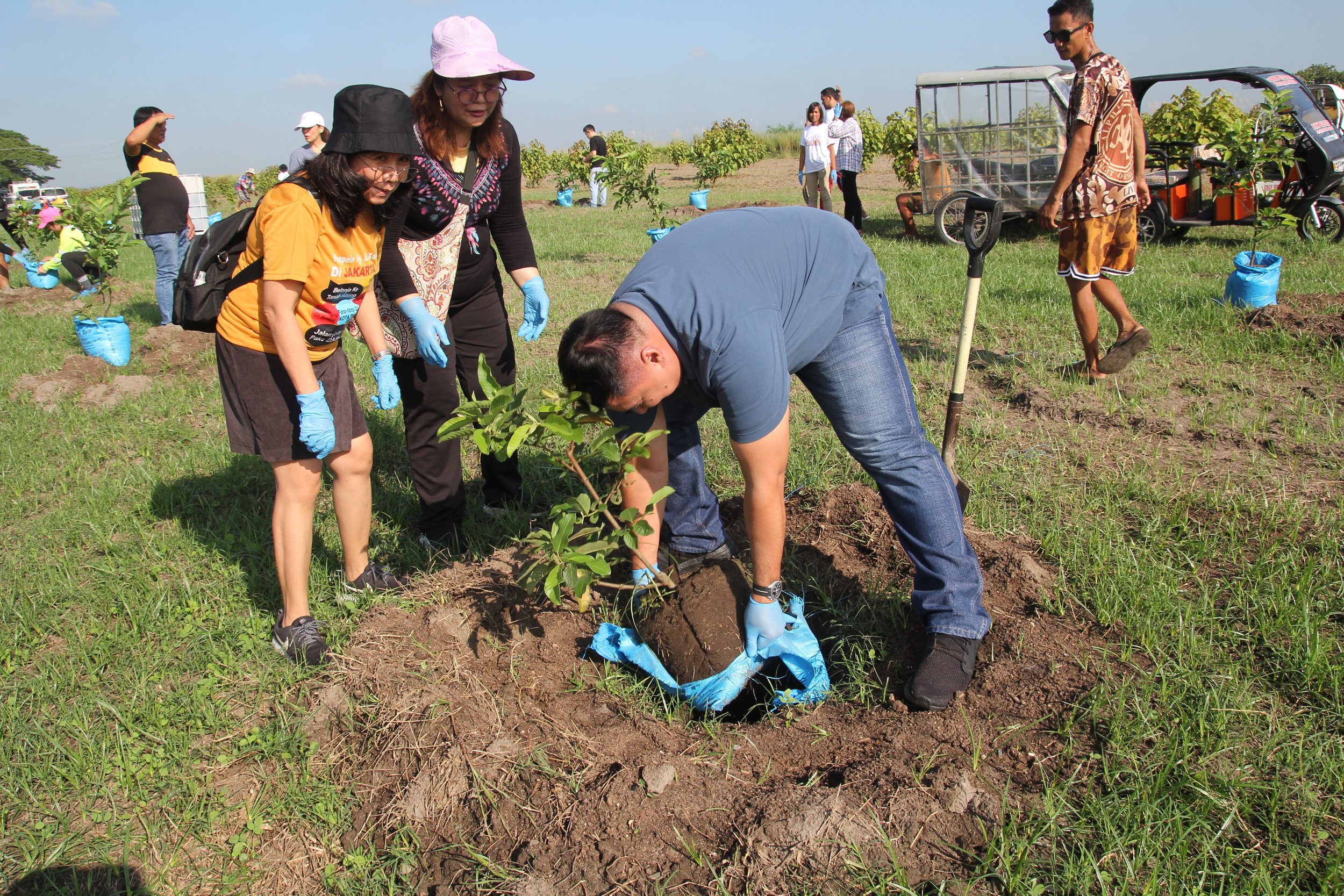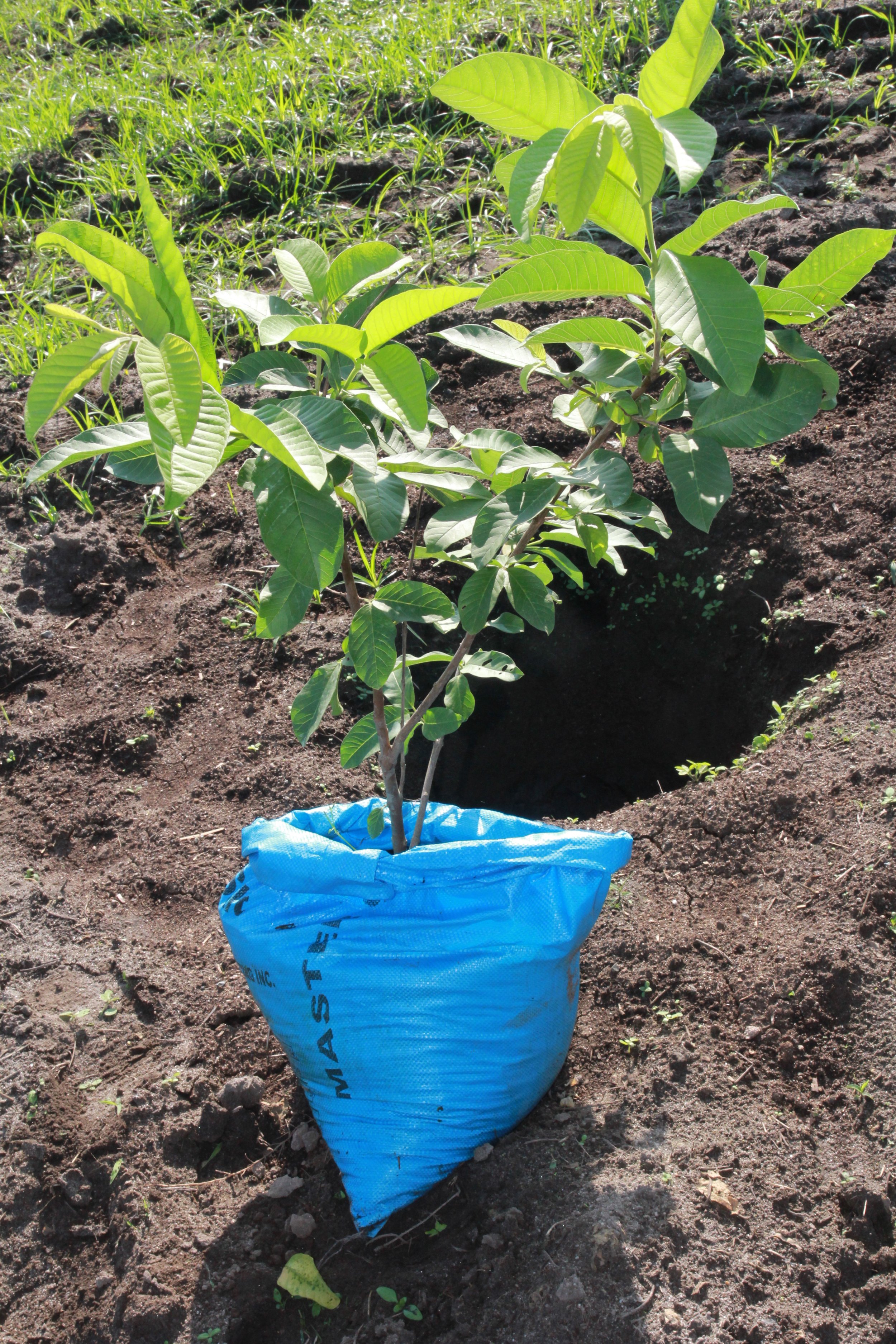In a world that seemingly revolves around the sensory delight of diverse cuisines, I find myself navigating a culinary landscape colored by the limitations of my own breath. As an asthmatic, my culinary journey is one defined by a careful dance around forbidden flavors and cautious bites. Chicken, crabs, shrimp–they all sit on the no-fly list. My culinary haven solely exists within the realms of what my mother lovingly prepares, a sanctuary where each ingredient is a known ally. In fact, my meal plan is but a triumvirate of pritong isda, inun-unan, and tinola–a trinity I've grown food fatigue with, but has whispers that echo a comforting tune of safety and familiarity.
Fortunately, there are special occasions that I can look forward to: Christmas, birthdays, and fiestas. During those special moments, I temporarily break free from the grip of the holy trinity as I watch my mother showcase her ability to cater to my fragile taste buds. There, at the heart of our humble kitchen, unfolds a culinary creation so commonly unique that it lacks a name. A symphony of beef, dancing in a marinade of toyo, calamansi, brown sugar, onion, and garlic. No measuring spoons, no precise quantities–just an intuitive mixture born from my mother's hands and her innate understanding of which ingredients won’t usher me to a hospital bed.
Yet, the concoction isn’t rushed; instead, it's allowed to harmonize and intensify its flavors as it absorbs the essence of each component overnight. The marinated meat is then sizzled in the frying pan for about five minutes before a generous coating of banana ketchup is applied to add a sweet and tangy note. The scent of this nameless masterpiece, which my mother describes as a fusion of beef steak, porkchop, adobo, and barbeque, becomes my feast: a testament to a mother's love translated into flavors that dance on my palate without triggering the wheezing hums of my asthmatic lungs.
During Noche Buena, my mother would also assume the role of a food detective, quizzing my aunt and grandmother regarding every dish they would prepare as if solving a gastronomic crime. She would grill them about every ingredient to scan for potential hazards. One wrong move, one suspicious spice, and the dish would face banishment from my limited menu.
Then comes the grand spectacle of my birthday, a day of culinary duplicity. My mother, in a feat of food acrobatics, cooks each dish not once, but twice. The first version is a crowd-pleaser with all the usual ingredients. The second version, however, is the stripped-down, asthmatic-friendly edition, where eggs, pineapples, bagoong, and their culinary comrades are banned. It's like having a culinary twin for each dish: one for the adventurous taste buds and one for the wheezy side of life.
Fiestas, meanwhile, have their own script in this culinary play. My mother, the master strategist, would discreetly advise the lechon server to heap on my plate a portion double the usual size. Why? Because, according to her, lechon is the only dish on the table I can consume without summoning the powers of my trusty nebulizer.
Yet, amid all these high-stakes culinary dramas, my mother always has her secret weapon on hand: that unnamed masterpiece I described earlier, ready to report for duty, in case the other dishes don't make the cut. It's her way of making sure I won’t have to spend every holiday with only a cup of rice to consume.
Hence, despite the constraints imposed by my asthma, I never once felt a sense of deprivation. My mother's unwavering commitment to ensuring that every Christmas, birthday, and fiesta remains a celebration, despite the limitations on my plate, has left me with a profound sense of gratitude.
Yet, my mother’s dish reflects an even bigger picture: a deeply ingrained spirit of inclusivity in Filipino culture. She went above and beyond, not out of necessity, but driven by a cultural ethos that values collective joy and shared celebration. It reflects a quintessential Filipino belief that celebrations are not complete unless everyone, especially our loved ones, is included in the merriment.
Growing up asthmatic, therefore, has led me to discover that inclusivity is a defining Filipino trait. Filipinos have an innate desire to celebrate with loved ones and ensure no one is left behind. In fact, this sentiment goes beyond the realm of festivities—it extends to everyday experiences. Whether it's a heartwarming meme, a delicious meal, or a new piece of clothing, the instinct is to share, to spread the joy, and to include others in the experience. I believe it’s a cultural reflex, an instinctive response to the understanding that joy is amplified when shared. It's a tradition that surpasses boundaries and embraces diversity, making sure that everyone, regardless of their circumstances, can partake in the festivities.
Through the years, my mother's culinary prowess has not just become a beacon that guided me through a world of diverse tastes but also reminded me that in the heart of Filipino celebrations, there is always a place for everyone. It's a testament to the belief that true celebration lies not in personal enjoyment alone but in shared laughter, shared meals, and shared experiences with those we hold dear.
In every bite of my mother’s nameless masterpiece, I feel the heartbeat of a culture that refuses to be defined by limitations. I am a beneficiary of a tradition that turns ordinary festivities into extraordinary expressions of togetherness. Hence, in the grand feast of life, where the aroma of shared joy wafts through the air, I am honored to be a part of a community that understands the true essence of celebration. No asthma has taken away the warmth, the love, and the inclusivity that define the Filipino spirit. It's a spirit that echoes in every celebration, ensuring that, no matter the circumstance, the feast of life is a banquet where everyone is not just invited but cherished.
My Mother




